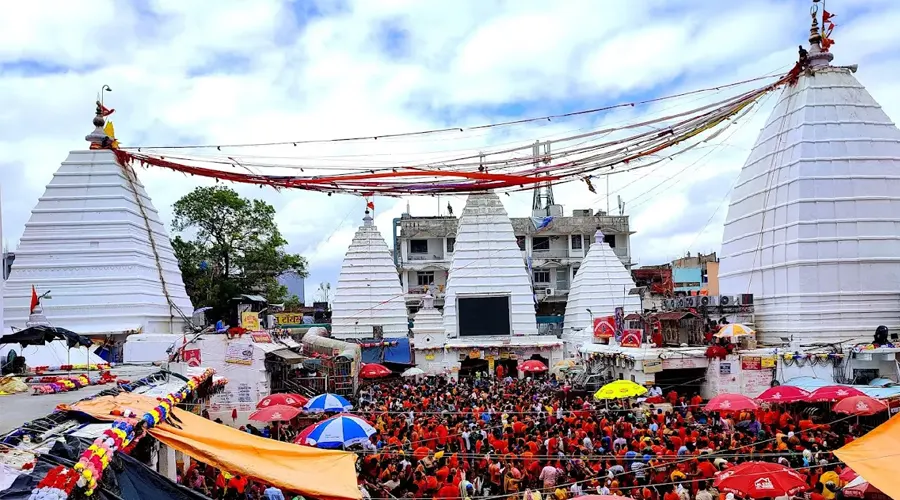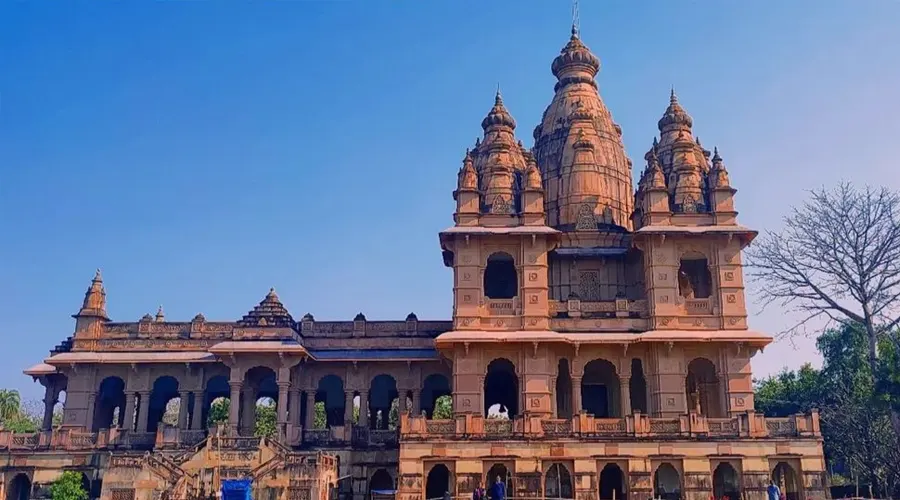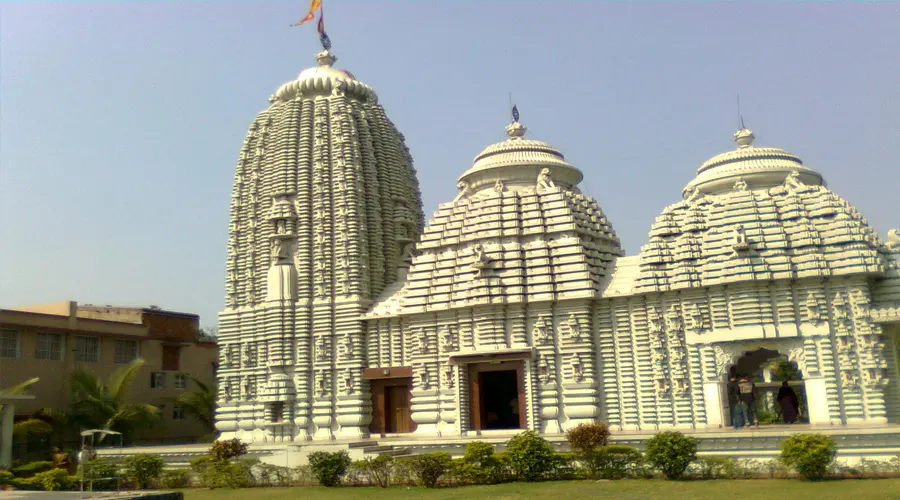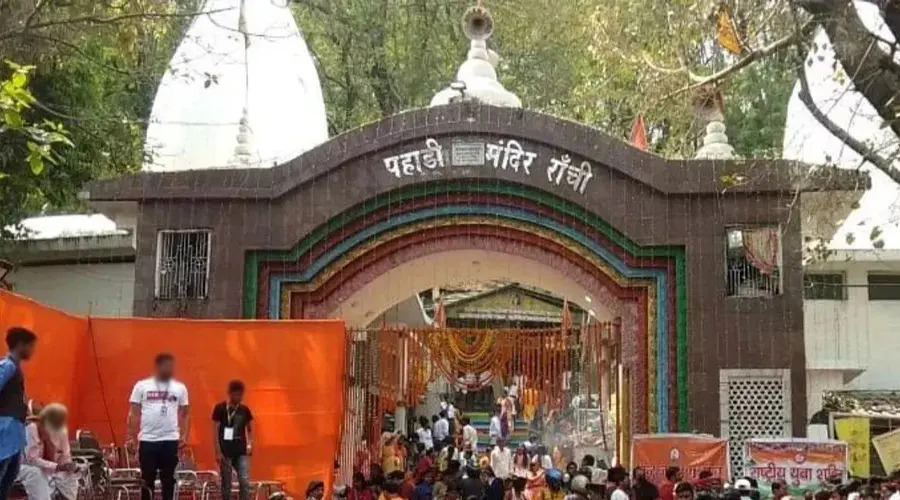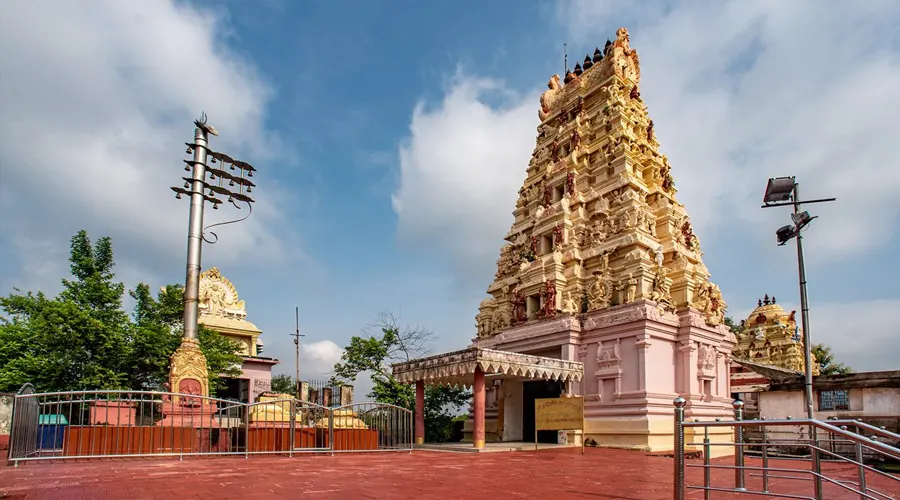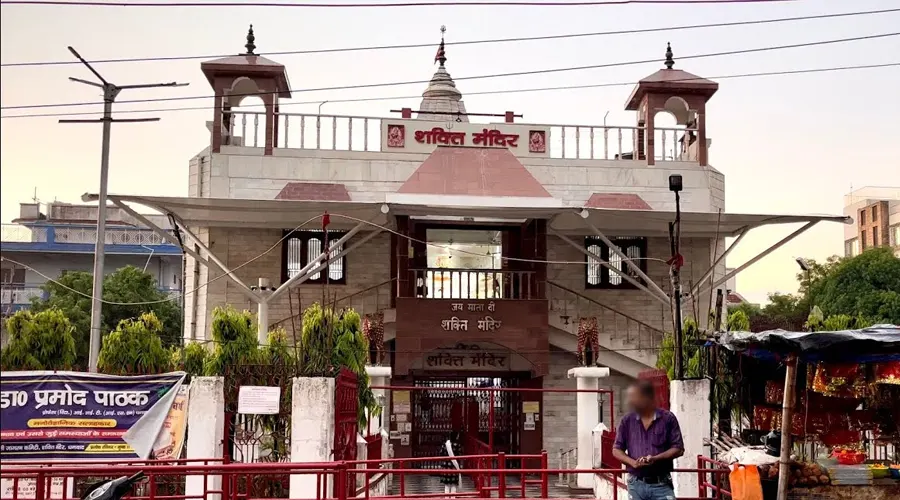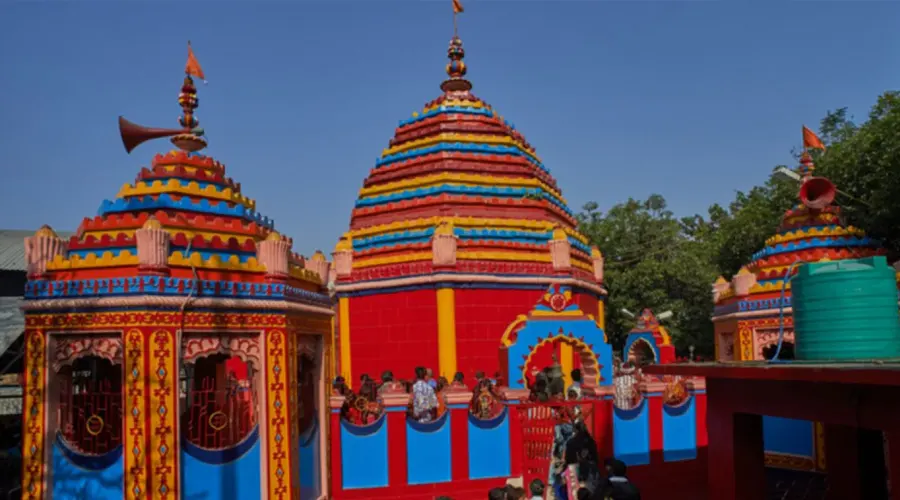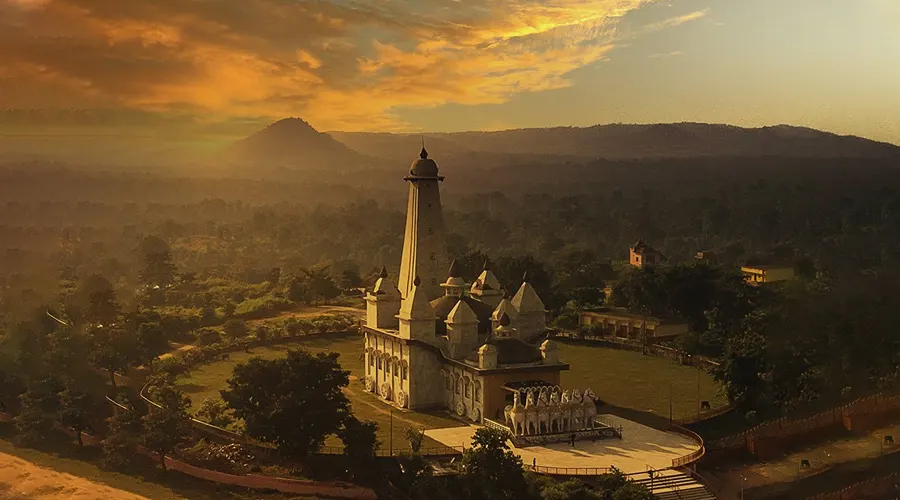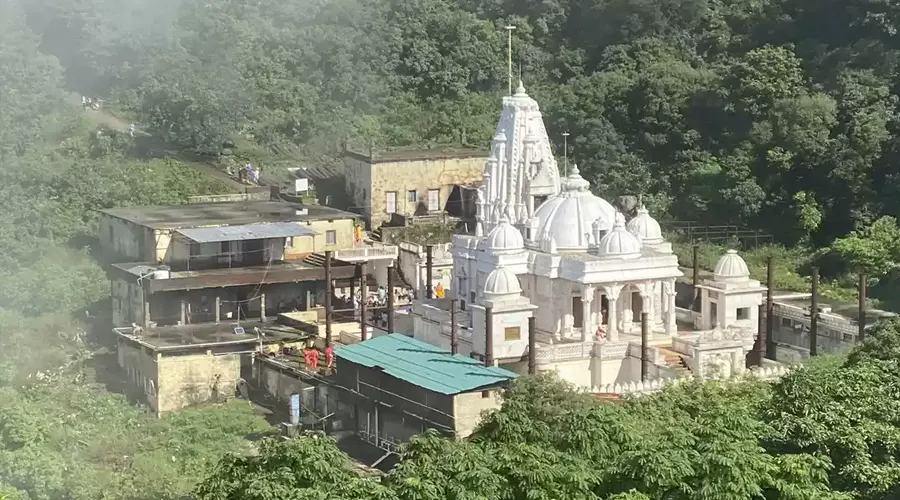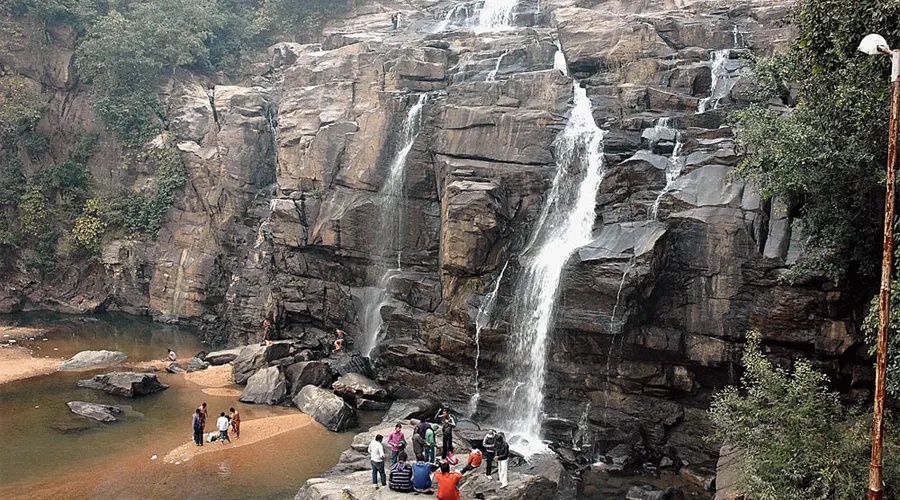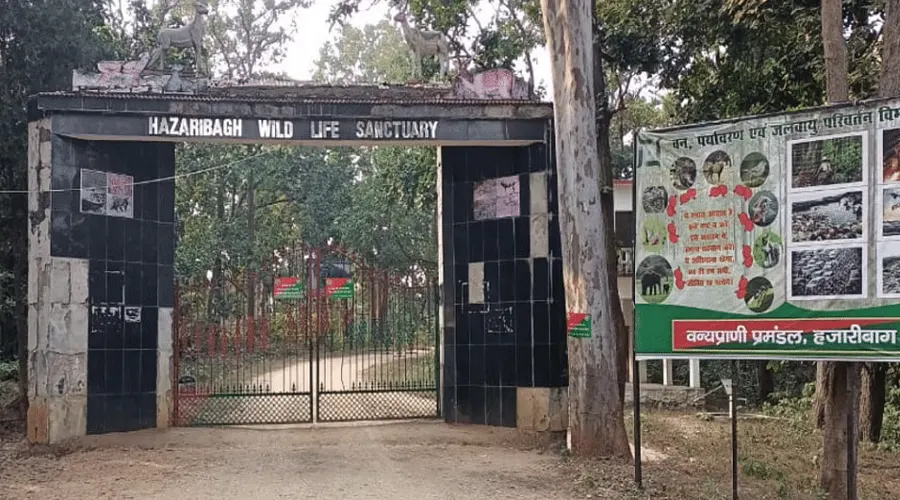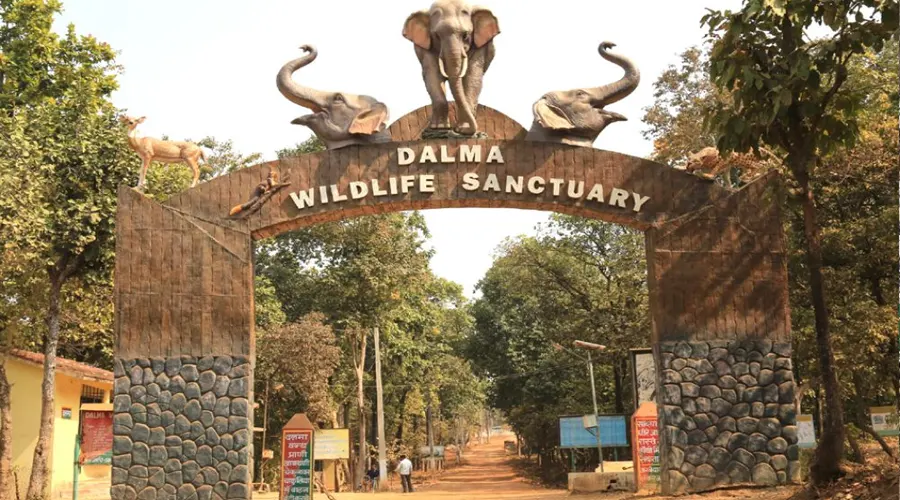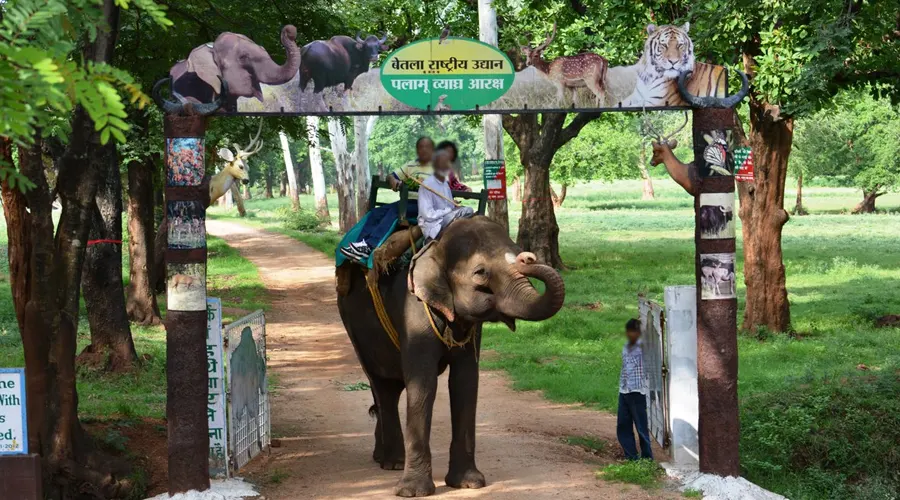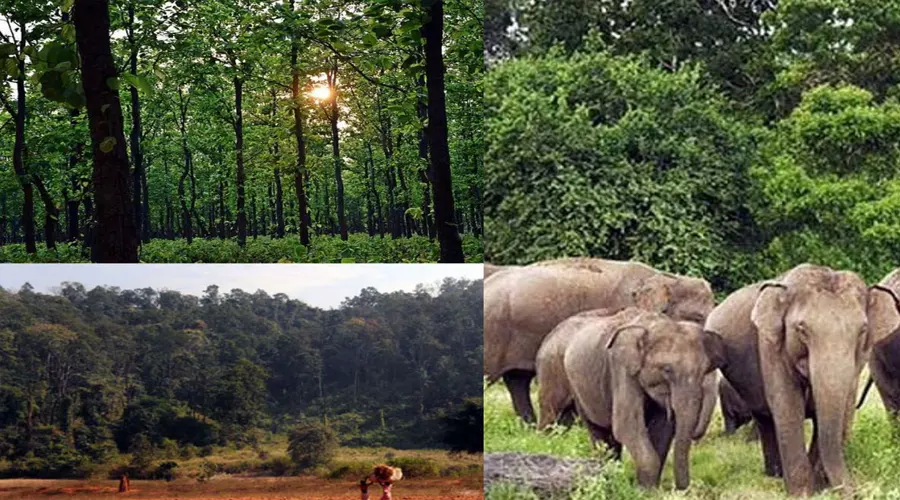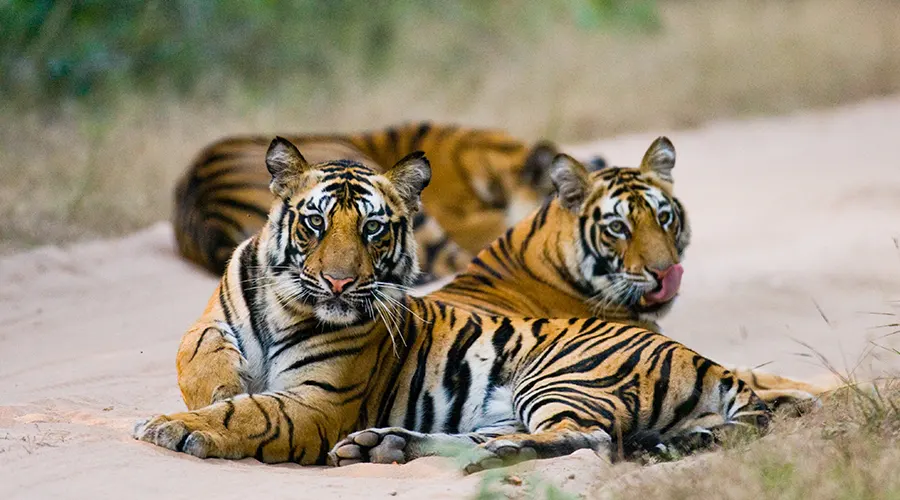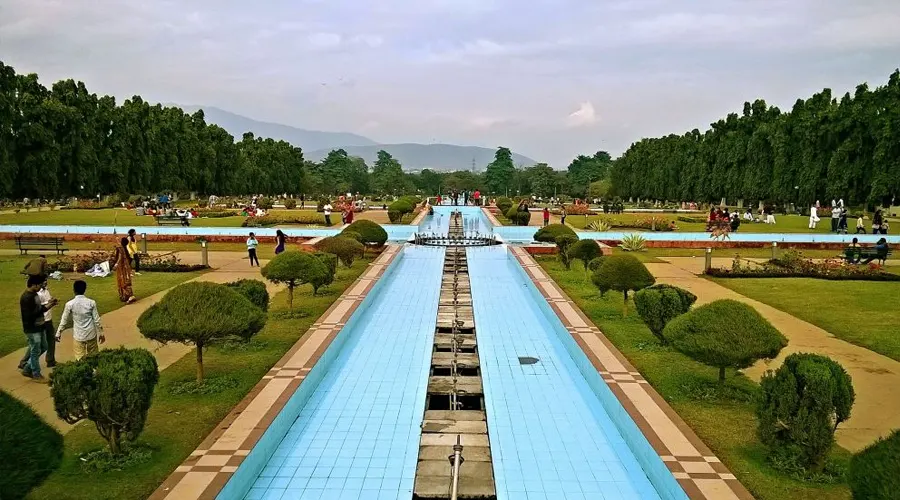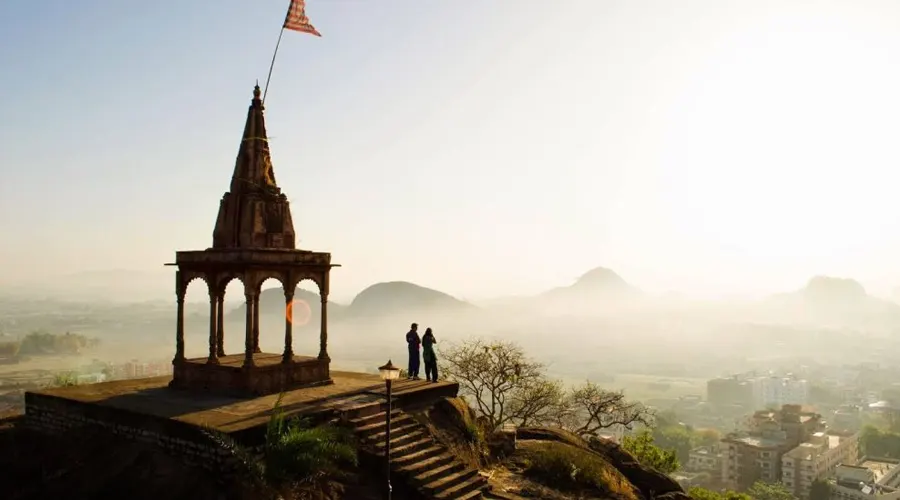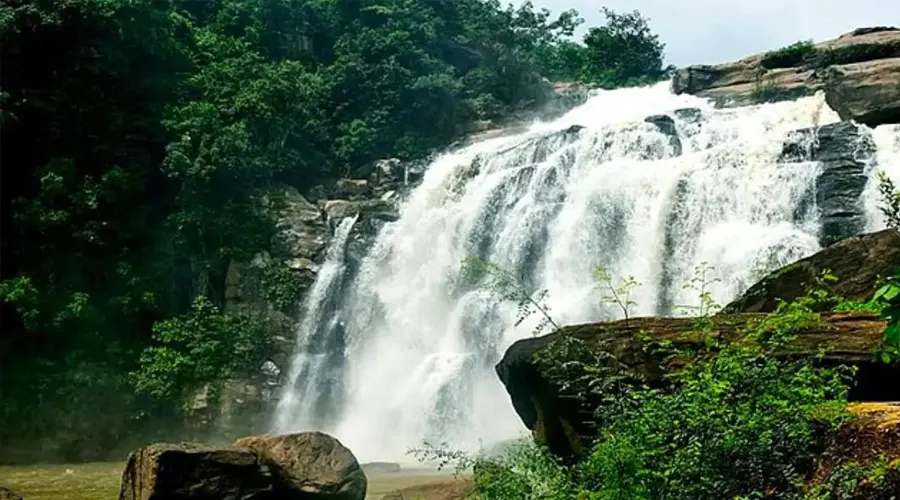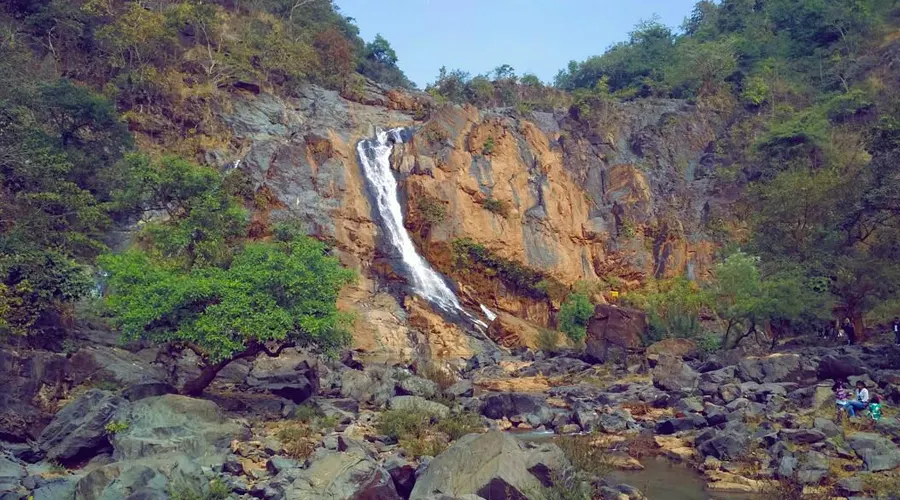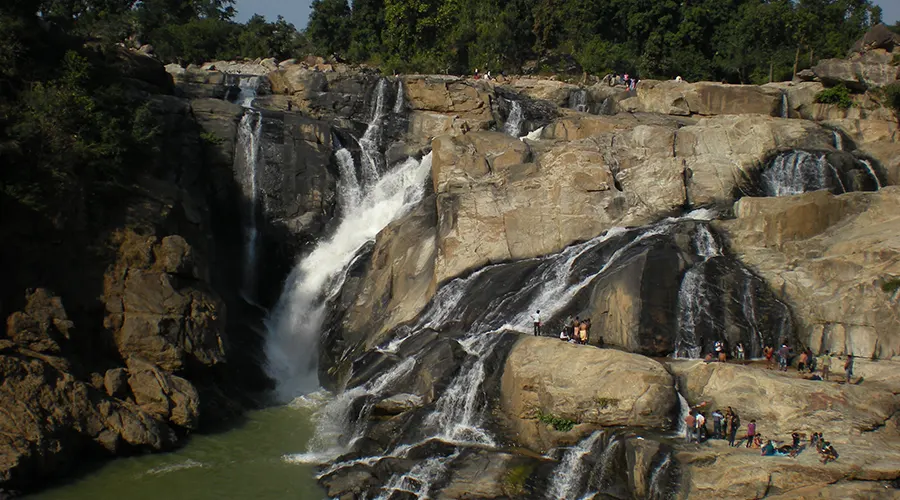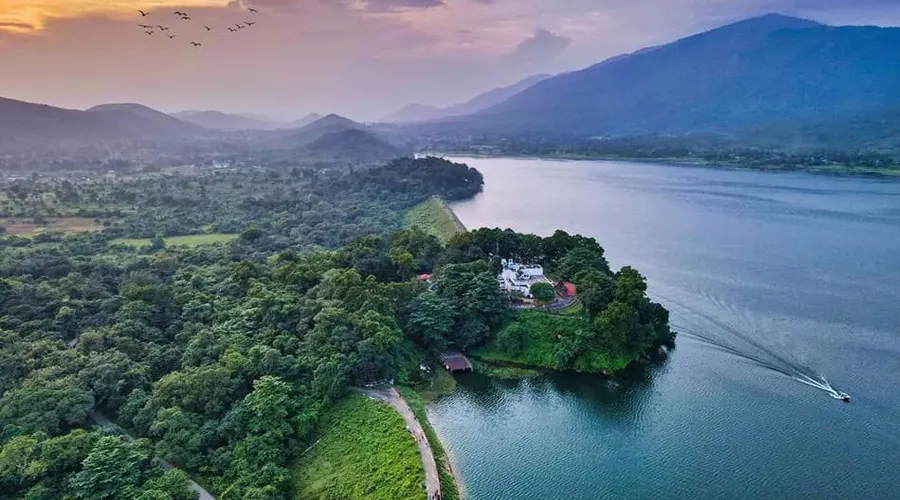Baba Baidyanath Temple
The most prominent temple in town that draws devotees in hordes every year, the Baba Baidyanath Temple is revered as both a jyotirlinga (devotional representation of Lord Shiva) and a shaktipeeth (devotional shrine where the severed body parts of Goddess Shakti fell).
The temple is among the 12 sacred jyotirlingas in the country and is dedicated to Lord Shiva. It also houses idols of Lord Ganesha and Goddess Parvati. Prayers begin at 4 am and first the head priest worships with Shodashopachar (sixteen services). Then, devotees are allowed to worship the Lord.
Legend has it that this is the place where the king of Lanka, Ravana, sacrificed his ten heads one by one to Lord Shiva. Seeing this, the Lord descended on earth and healed Ravana's injuries. Thus, Shiva is called 'vaidhya' meaning doctor or healer. While there are several such legends associated with this sacred land, history too proves its importance.
A mention of the temple can be found from the 8th century AD, during the rule of the last king of the Gupta dynasty, Adityasena Gupta. During the Mughal period, Raja Man Singh, the ruler of Amber, is said to have built a pond here, which is known as Mansarovar. The temple faces the east and is a plain stone structure with a pyramidal tower, which is 72 ft high. Atop it are three compactly set gold vessels, along with a Punchshula (five knives in a trident shape). There is also an eight-petaled lotus called Chandrakanta Mani.
History of Baba Baidyanath Temple
The history of the Baba Baidyanath Temple dates back over a thousand years. According to historical records, the temple was originally built by Puran Mal, an ancestor of the Nagavanshi dynasty, in the 8th century. However, the temple has undergone several renovations and expansions over the centuries, with the present structure believed to have been built by Raja Man Singh in the 16th century.
The temple complex is spread over a vast area and is characterized by its towering spire, intricate carvings, and a sacred tank known as Shrawani Mela Kund. The temple’s architecture reflects a blend of various styles, including Nagara and Dravidian, showcasing the diverse cultural influences that have shaped its design.
Legend of Baba Baidyanath Dham Temple
There is an old story that is a part of this temple's origins and is worth giving a read. When Ravana, the King of Lanka, felt that his capital would be incomplete and under the constant threat of enemies unless and until Mahadeva (Lord Shiva) decided to stay there forever; he offered constant prayers to the Lord.
Pleased, Shiva permitted Ravana to carry his 'Atmalinga' along with him to Lanka on the condition that there neither should be a break on the journey to Lanka nor should the lingam be transferred to any other person. If this were to happen, the lingam would remain fixed at that place forever where it was deposited.
The other gods were against this plan because they knew that if Shiva went to Lanka with Ravana, the evil deeds of Ravana would threaten the entire world. They thus requested Varuna, the God of Water, to enter Ravana's belly on his way back. When the Lord did so, Ravana felt a severe urge to release water, and he handed over the lingam to a Brahmin, who was Lord Ganesha in disguise. The Brahmin placed the lingam at this location, which is now known as Baidyanath Dham.
Ravana tried hard to remove the lingam from the spot where it had been placed. His frustration at being unable to do so made him retort to violence, and he damaged the lingam in the process. His guilt then made him visit the spot daily, and this continued forever. The place where Lord Shiva descended the Earth is known as Harilajori, which is located about four miles from Baidyanath. The place where the lingam is kept is Deoghar, while the lingam is known as Baidyanath Jyotirlingam.
Baidyanath Dham Temple
According to religious beliefs, the temple of Shiva was built by Vishwakarma, the architect of Gods. The temple is divided into three parts: the main temple, the middle part of this main temple, and the entrance to the temple. This 72-foot-high temple is east-facing and is shaped like a lotus. The top consists of three ascending-shaped gold vessels that were donated by the Maharaja of Gidhaur, Raja Puran Singh. Besides these vessels is a 'Punchsula', which is five knives in a Trident shape, and an eight-petalled lotus jewel, known as Chandrakanta Mani.
The central lingam is about 5 inches in diameter and projects about 4 inches from the center of a large slab. The top of this lingam is broken. The courtyard also has numerous temples dedicated to different gods and goddesses, the temple of Lord Shiva being considered as the supreme one.
The shrines are built in both new and old styles of architecture and worship Maa Parvathi, Maa Kali, Maa Jagat Janani, Kal Bhairav, and Lakshminarayan. The temple of Maa Parvati is tired up to the main temple using red sacred threads. This unique feature is worth mentioning and symbolizes the unity of Shiva and Shakti.
Baba Baidyanath Dham Temple Architecture
Description of the temple structure
The temple is a grand structure made of sandstone and granite. It has a pyramidal structure with a height of around 20 feet, with a shikhara (spire) on top. The temple complex also includes several smaller shrines, mandapas (halls), and a large tank (pond) known as Surya Kund.
Unique features of the temple
One of the unique features of the temple is the presence of a Nandi bull statue made of brass, which is placed at the entrance of the temple. The temple also houses a Shivlingam which is said to be one of the most powerful Jyotirlingas in India. The temple also has a Dharamshala (guesthouse) for the convenience of the devotees.
Significance of the temple architecture
The temple architecture reflects the traditional Indian temple architecture, with intricate carvings and sculptures depicting various Hindu gods and goddesses. The temple is built in such a way that it aligns with the cardinal directions and the sun’s movement, which is said to enhance the spiritual energy of the temple. The temple is also said to have been built on an auspicious spot, which adds to its spiritual significance.
The deity at Baba Baidyanath Dham Temple and its worship
Description of the deity
The main deity of the temple is Lord Shiva, who is worshipped in the form of a Jyotirlinga. The Jyotirlinga is a representation of Lord Shiva in the form of a cosmic light and is considered one of the most powerful forms of Lord Shiva. The temple also houses several other deities including Lord Ganesha, Lord Parvati, and Lord Kartikeya.
Significance of the deity
Lord Shiva is one of the principal deities in Hinduism and is believed to be the destroyer of evil and the transformer of the universe. The Jyotirlinga form of Lord Shiva is believed to be the most powerful form of Lord Shiva and is said to grant blessings and wishes to those who worship it.

